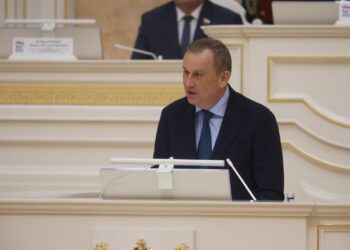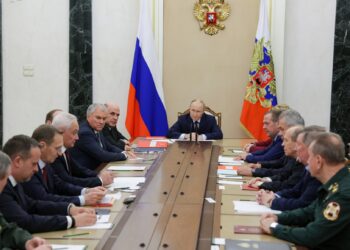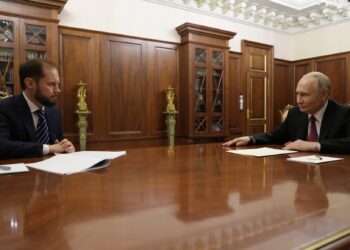MOSCOW (Realist English). Russia is experiencing a sharp rise in internal migration, with roughly 80% of its cities losing population, according to Anton Finogenov, deputy director general of the state development institution Dom.RF.
Finogenov said that population growth is now largely confined to Moscow, St. Petersburg, and the North Caucasus republics, while most other cities continue to shrink. Only 20% of the country’s largest urban centers are driving Russia’s economic output, he noted, whereas the majority have become structurally unprofitable.
A key trend, Finogenov added, is the expansion of major urban agglomerations, driven by improvements in transportation infrastructure. The defining factor for future settlement patterns will be 1.5–2-hour accessibility to major cities, effectively turning rural homes into “de facto urban” residences for commuters.
According to new research from the Russian Presidential Academy of National Economy and Public Administration (RANEPA), as many as 3.4 million people live in small towns at risk of depopulation or disappearance altogether. The most vulnerable are single-industry towns in the northern regions and remote settlements on the country’s geographic periphery.
To address the issue, authorities are developing master plans for 106 struggling municipalities, aimed at attracting investment and improving local infrastructure. The federal government has allocated ₽4 billion this year to support these efforts.
Officials say the long-term challenge will be reversing migration flows without undermining the growth of major metropolitan hubs that increasingly anchor the national economy.

















